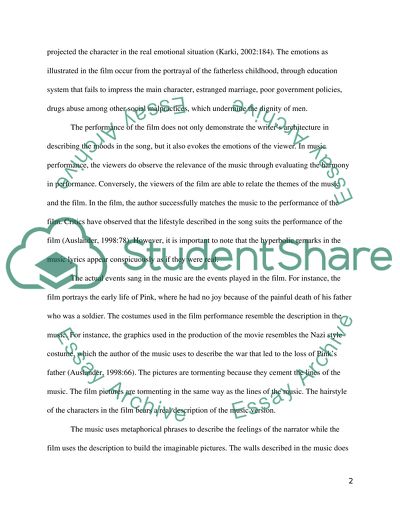Cite this document
(“Pink Floyd: The Wall and Quadrophenia Essay Example | Topics and Well Written Essays - 2250 words”, n.d.)
Pink Floyd: The Wall and Quadrophenia Essay Example | Topics and Well Written Essays - 2250 words. Retrieved from https://studentshare.org/visual-arts-film-studies/1452460-analyze-and-discuss-the-issues-of-music
Pink Floyd: The Wall and Quadrophenia Essay Example | Topics and Well Written Essays - 2250 words. Retrieved from https://studentshare.org/visual-arts-film-studies/1452460-analyze-and-discuss-the-issues-of-music
(Pink Floyd: The Wall and Quadrophenia Essay Example | Topics and Well Written Essays - 2250 Words)
Pink Floyd: The Wall and Quadrophenia Essay Example | Topics and Well Written Essays - 2250 Words. https://studentshare.org/visual-arts-film-studies/1452460-analyze-and-discuss-the-issues-of-music.
Pink Floyd: The Wall and Quadrophenia Essay Example | Topics and Well Written Essays - 2250 Words. https://studentshare.org/visual-arts-film-studies/1452460-analyze-and-discuss-the-issues-of-music.
“Pink Floyd: The Wall and Quadrophenia Essay Example | Topics and Well Written Essays - 2250 Words”, n.d. https://studentshare.org/visual-arts-film-studies/1452460-analyze-and-discuss-the-issues-of-music.


